Recommended
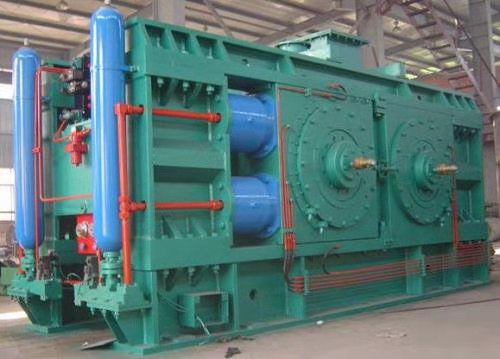 Cement equipment - roller press
Cement equipment - roller press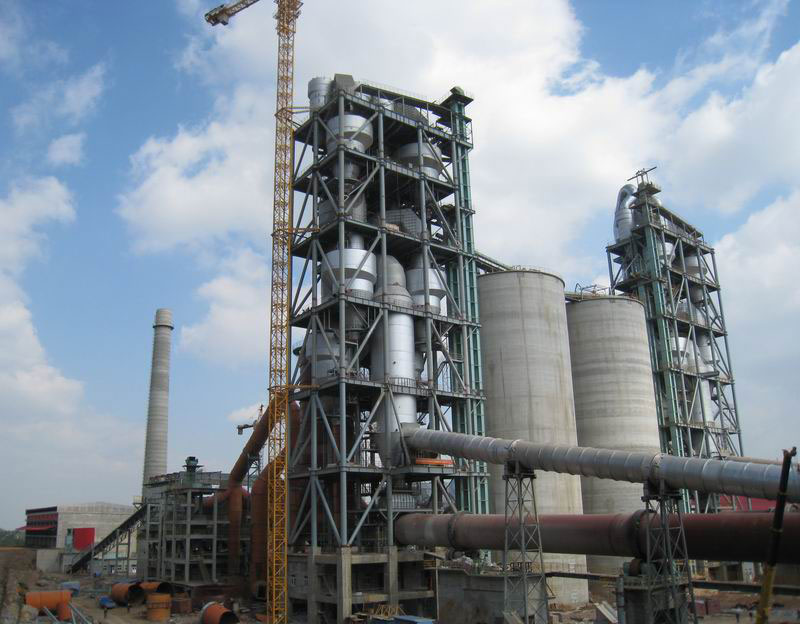 Cement equipment - cement preheater
Cement equipment - cement preheater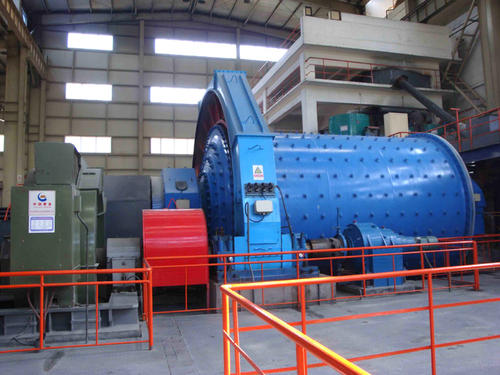 Cement equipment - coal mill
Cement equipment - coal mill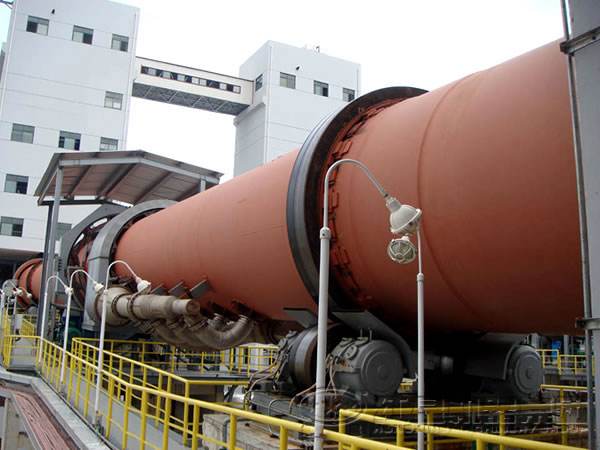 Cement equipment - rotary kiln
Cement equipment - rotary kiln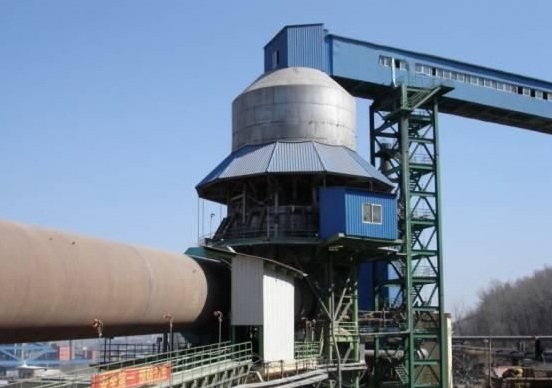 Lime equipment - lime preheater
Lime equipment - lime preheater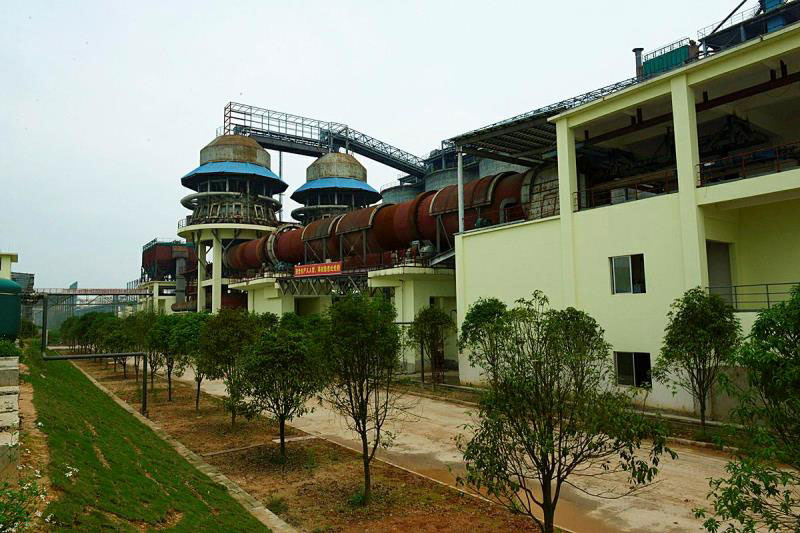 Lime equipment production line process
Lime equipment production line process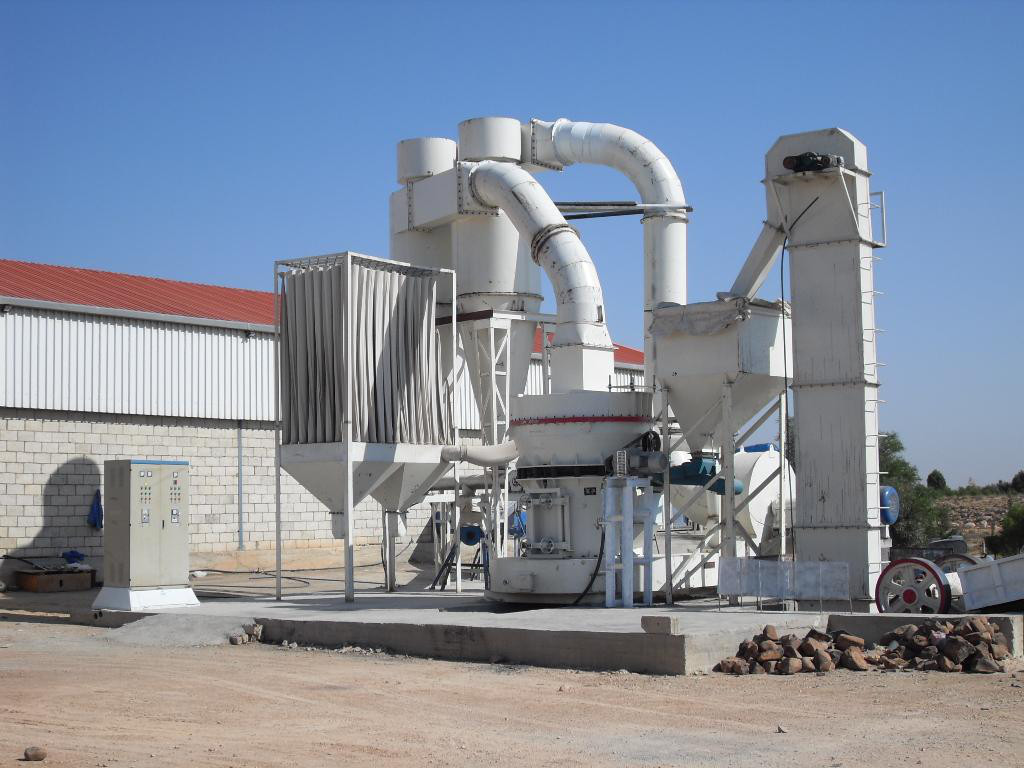 Superfine mill
Superfine mill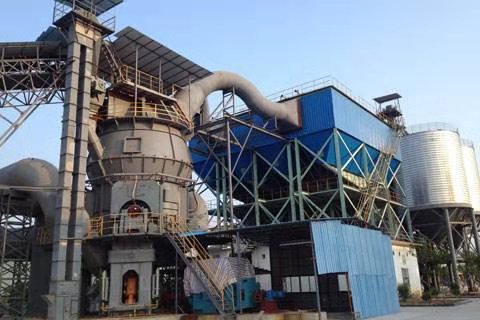 Mill stand
Mill stand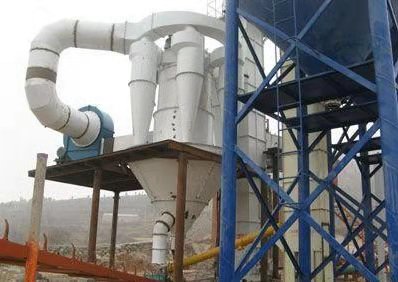 Powder concentrator
Powder concentrator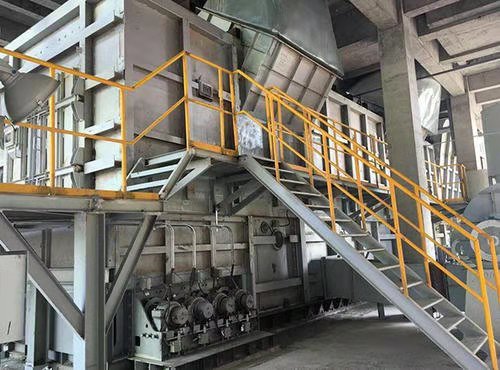 Grate cooler
Grate cooler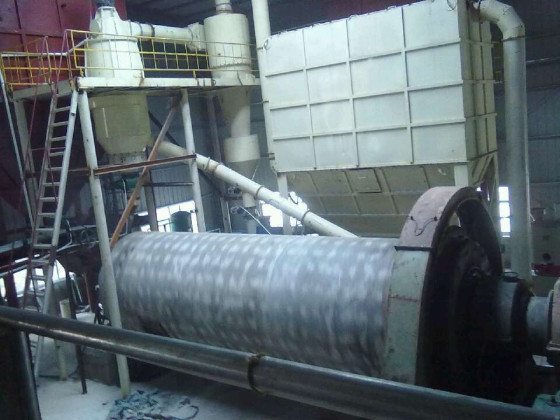 Ball milling grading production line
Ball milling grading production line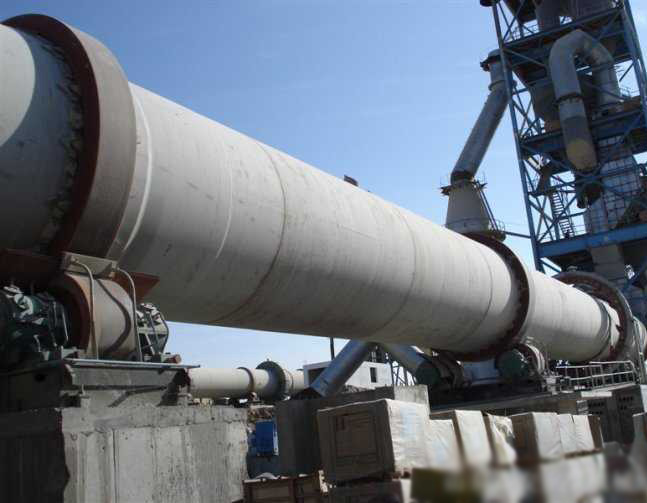 Zinc oxide rotary kiln
Zinc oxide rotary kiln
Zhengzhou Bulang Machinery Technology Co., Ltd
Hotline:0371-67827320
Address:No. 18, Dongfang Road, Mazhai Economic Development Zone, Erqi District, Henan, China
Phone:13523525799
Email:
Current location:Home > News > Company news >
Company news
Application of calcium carbonate in papermaking industry
Addtime:2022/3/17Source:adminNumber of views:594
1. Sources and types of calcium carbonate Calcium carbonate can be divided into ground calcium carbonate (GCC) and precipitated calcium carbonate (PCC). Limestone and marble are natural CaCO3. After mechanical crushing, grinding and grading, they are made into fine particles called GCC. GCC can be used as filler and pigment. When used in papermaking, 90% of the particle size is less than 2um, which is of prismatic structure. It is an irregular pancake shape under electron microscope. According to the particle size, GCC can be divided into three categories: ultrafine CaCO3 (ufgcc), with an average particle size of 0.5-0.9 um; Fine CaCO3 (GCC), with an average particle size greater than 3 um. Average particle size is the most important physical property of GCC. Other important properties include whiteness, oil absorption and crystal form. GCC processing methods include wet and dry methods, which are determined according to the requirements of products. Dry grinding is cheaper and is often limited to the production of 2-3 um particles. Smaller particles tend to aggregate, making it difficult to handle and grade. The production of ultrafine GCC requires a wet process. Precipitated calcium carbonate (PCC), also known as light calcium carbonate, has the following three different preparation processes; Lime milk carbonization method, that is, the action of lime milk and Na2CO3; Lime milk reacts with ammonium chloride. The average particle size of PCC ranges from 1.5 to 2.5 um. The different preparation conditions of PCC make great differences in its crystal morphology, particle shape and surface charge, which have different effects on the properties of filled paper. 2. Differences in morphology and application between PCC and GCC There are obvious differences in the shape of PCC and GCC particles. GCC particles have prismatic structure, which is a common crystal form of calcite. PCC is an unequal edged body, sometimes called Rose structure. Because the fine crystals are fine and long and clustered into clusters, they have a larger specific surface area around the core particles than the GCC prism, so they have greater light scattering ability and make the paper have higher whiteness and opacity. However, this rose shaped structure also makes a large number of voids in or between particles, which affects the combination between fibers, so that when the paper can be filled beyond a certain threshold, the strength of the paper will be reduced, voids will be generated, and the speed will be reduced. This problem can be overcome by mixing PCC and GCC. PCC manufacturers are trying to develop and replicate particles similar to natural prisms to compensate for the limitations of unequal prismatic PCC with high filling capacity. In order to obtain good gloss and smoothness, the solid content of the coating is required to be high. As mentioned earlier, PCC unequal prism particles are formed by the aggregation of a rose core and needle crystals around it. When making high solid content coating, the strong dispersion causes the splitting of needle and rose core, resulting in the reduction of optical properties and the increase of adhesive dosage. Generally speaking, the application of PCC in coatings cannot compete with GCC. PCC is dominant in the coating market in North America, while GCC is mainly used in coating formulation. Since the filling amount of PCC cannot exceed 15%, the benefit of turning to alkaline papermaking is reduced. Only GCC can operate stably at high filling volume (sometimes up to 30%). 3. Characteristics and limitations of PCC and GCC 3.1 advantages of PCC as filler (1) PCC with unequal prism shape can produce high opacity, whiteness and loose thickness. (2) In the process of copying, the wear number is low to reduce the wear of the equipment. (3) The potential of surface charge is high, which is conducive to the distribution of particles in the paper. 3.2 defects of PCC application in Papermaking (1) The specific surface area of particles is large, which reduces the sizing efficiency. (2) There is a small gap between the particles, which affects the bonding between the fibers, thus reducing the strength of the paper. (3) PCC retains more moisture than GCC, which means that the speed of the paper machine should be reduced. (4) When the PCC filling amount exceeds 15%, a large number of productive problems will occur. (5) Unreacted AKD adsorbed on PCC particles will produce white resin barrier after entering white water, which will further affect the quality of paper sheet and the operation of paper machine. (6) The trace that is not fully neutralized has an adverse impact on the operation of the paper machine. 3.3 advantages of adding GCC (1) Higher filling quantity is allowed, which can improve economic benefits. (2) The shape of particles is conducive to the combination of fibers and the strength of paper. (3) The paper machine has good operation performance because it has less water retention and better water filtering performance. (4) It has little effect on sizing. (5) No sedimentation problem occurred. 3.4 defects in GCC (1) The whiteness and opacity are lower than those of PCC with the same filling amount. (2) Dispersing agent shall be added during the transportation of slurry GCC to users to prevent particle sedimentation, which increases the cost. (3) The hardness of natural CaCO3 is large, and the particle shape makes the wear number larger, which has greater wear on the mesh and paper machine parts. The premise of using calcium carbonate filler well is to apply medium alkaline sizing process well. The application of alkaline sizing has better economic and environmental benefits, rather than increasing the production cost. The increased cost of using neutral sizing agent, retention aid, filter and other chemicals should be compensated by improving the retention rate of filler and fine fiber, greatly increasing the ash content of paper, and improving the added value of products
key words:Application of calcium carbonate in papermaking industry






